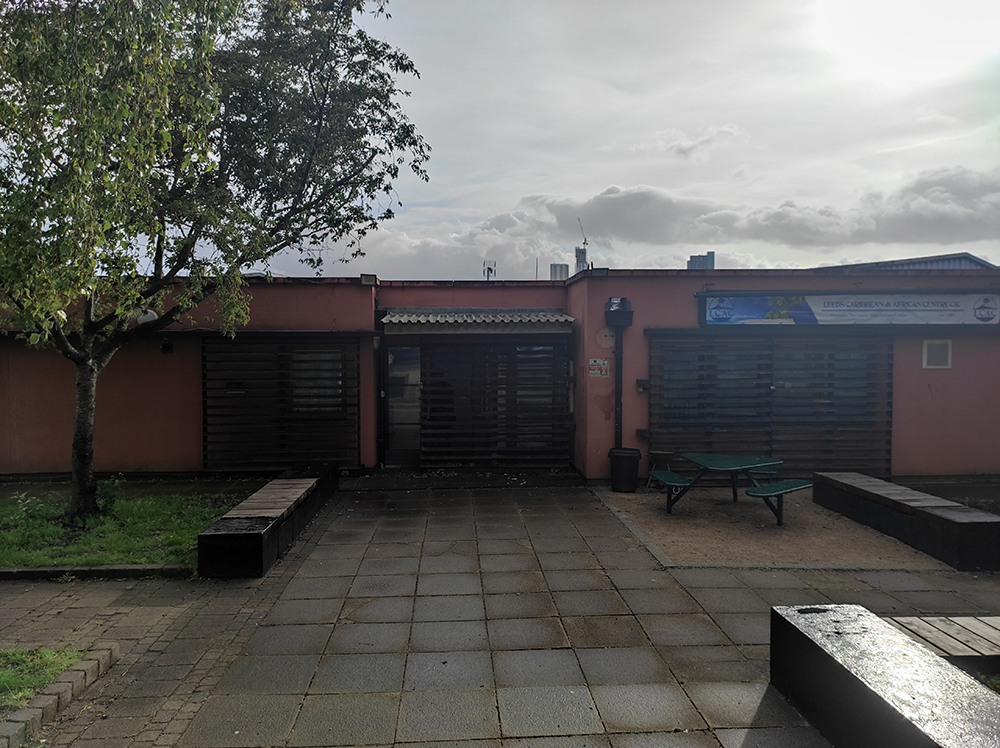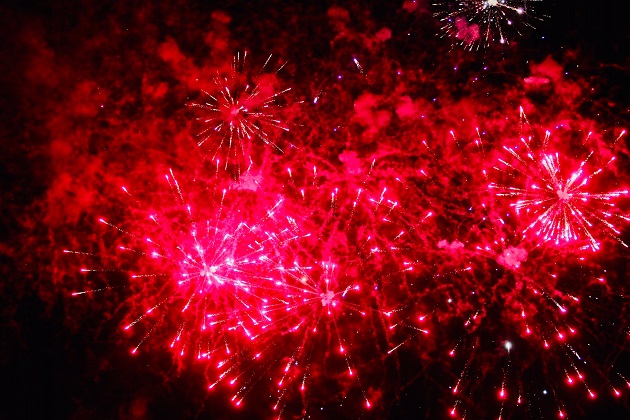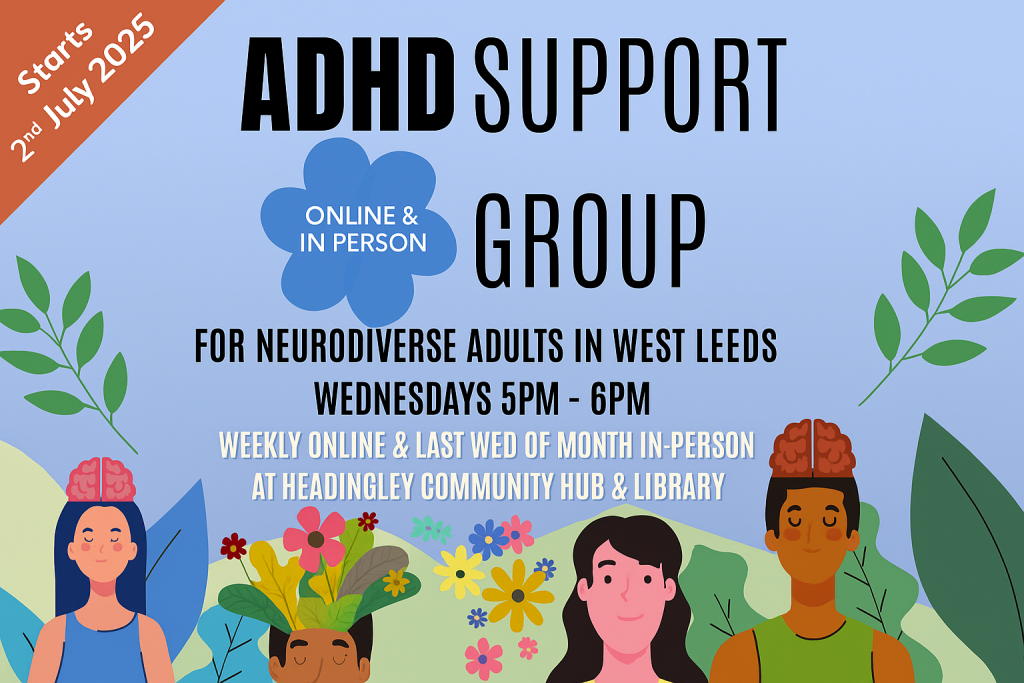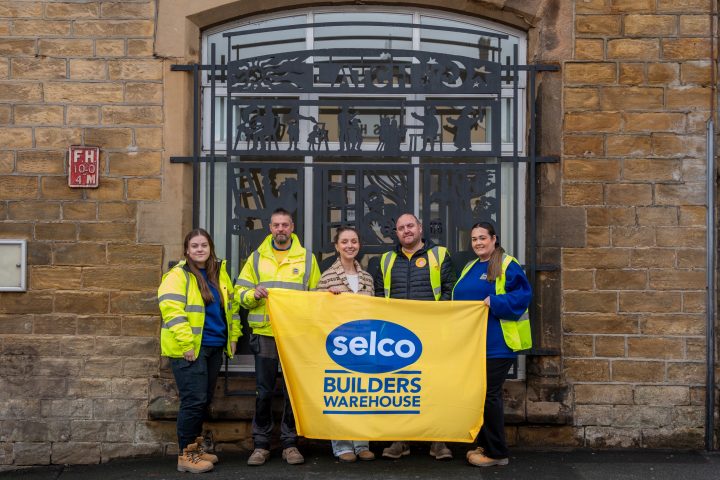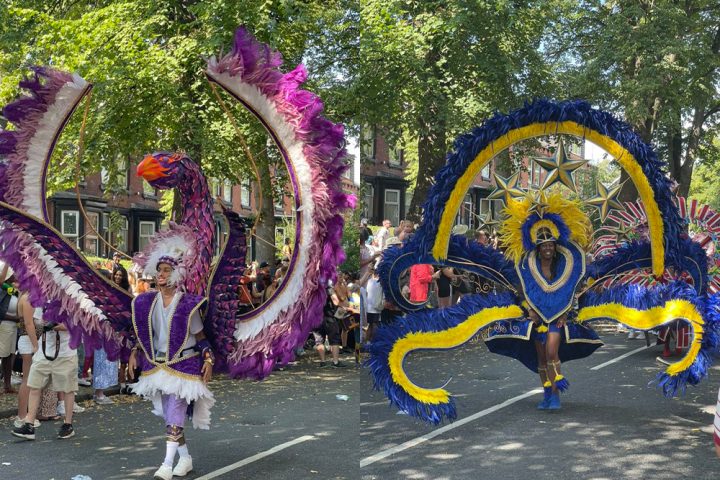As the UK marks Black History Month this October, the story of the Leeds African and Caribbean Centre – known for most of its life as the West Indian Centre – stands as a powerful reminder of how community spaces can shape history, identity, and belonging.
Sitting in the heart of Chapeltown, the centre has been a cornerstone of Leeds’ Black community for more than four decades. One of the people who knows its history best is Claude “Hopper” Hendrickson, MBE, a long-time community leader and committee member who was part of the generation that helped to build what has since become a vital social and cultural hub.
“I’m of that generation that actually fought for what is now the Leeds African and Caribbean Centre, but what was formerly the Leeds West Indian Centre,” Claude explained.
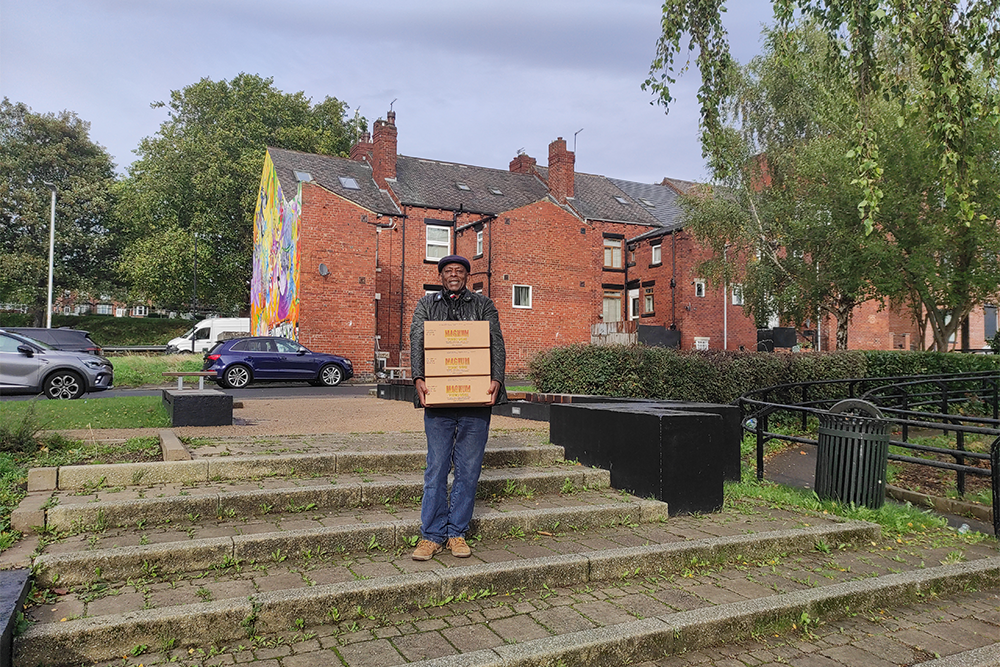
Beyond his work at the centre, Claude has spent much of his life campaigning for equality, opportunity, and community-led change in Leeds. As a founding member of the first Chapeltown Youth Association in 1979, he has been involved in activism since his teenage years – advocating for young people and fighting to give the local community a voice.
Over the decades, Claude has become a leading figure in community development, housing and climate activism. He is also an EDI trainer on the Confederation Cooperative Housing (CCH) Four Million Homes program and community engagement lead for the Climate Action Leeds Network.
Through all his projects and activism, Claude has remained deeply connected to the Leeds African and Caribbean Centre, a place where so much of his community work began and where generations have gathered to celebrate, organise, and build together.
The Beating Heart of Leeds Carnival
For decades, the centre served as the engine room for Leeds West Indian Carnival, the oldest Caribbean carnival in Europe. Through the 1980s and 90s, the centre hosted events like the Prince and Princess Show, Queen Show, and Carnival Monarch Show. During carnival season, a huge marquee would fill the car park and music would pulse late into the night.
“The Leeds West Indian Centre was actually a fundamental part of Leeds Carnival,” Hendrickson said. “Without the West Indian Centre, Leeds Carnival wouldn’t have maintained its presence.”
Over the years, it became more than a carnival base – it was a place of music, dance, and community. Legendary club nights like SubDub and Cabbage took root here, and countless christenings, weddings, funerals and domino matches have kept the space alive.
“Every Sunday, granddads and fathers come down here for dominoes,” Hendrickson explained. “It’s still used as a venue for the community – for funerals, weddings, christenings. Three of my children were christened here.”
A Space for History and Change
The centre has also played a part in marking key moments in Black British history. In 2007, it hosted the Leeds Bicentenary Project, commemorating 200 years since the abolition of the slave trade. It has also been home to the Caribbean Women’s Network and other long-standing community groups.
But like many grassroots institutions, it has had to adapt to survive. After closing during the COVID-19 pandemic, the centre reopened with a renewed sense of purpose and a new name.
“After COVID, we figured it was a moment in history to think about going forward,” Hendrickson said. “The older generation that set up the centre, quite a few of them had passed away… so the new generation of us decided there needed to be a name change.”
In 2023, the centre changed its name to Leeds Caribbean and African Centre.
“We felt it needed to reflect modern times and move on,” he explained. “We renamed it to bridge that gap with the newly migrated African communities because they’re struggling to find venues just like we were 40 years ago.”
Today, the centre welcomes Eritrean, Zimbabwean, Cameroonian, Nigerian, and other African groups, who host weddings, Eid celebrations and graduations.
“I do believe that changing the name makes those African groups feel comfortable here,” Hendrickson said. “When they see the Leeds Caribbean and African Centre, they say, ‘Yes, this is a place we can use.’”
A Home for a New Generation
The centre was founded in the early 1980s, when the Leeds’ Caribbean community was still fighting to be recognised. For years, gatherings took place in borrowed spaces – school halls like Cowper Street and Harehills, or the old Astoria on Roundhay Road. But as tensions and inequality came to a head with the 1981 riots, there was a growing determination to create something permanent – a home of their own.
“The centre came about in 1982–83,” Hendrickson recalled. “Before that, our parents had been using school halls… but we never really had a centre that was a social hub for the community.”
The site, once a car wash and scrap yard, was transformed through the vision and effort of community pioneers, some of which are listed on the board in the main hall.
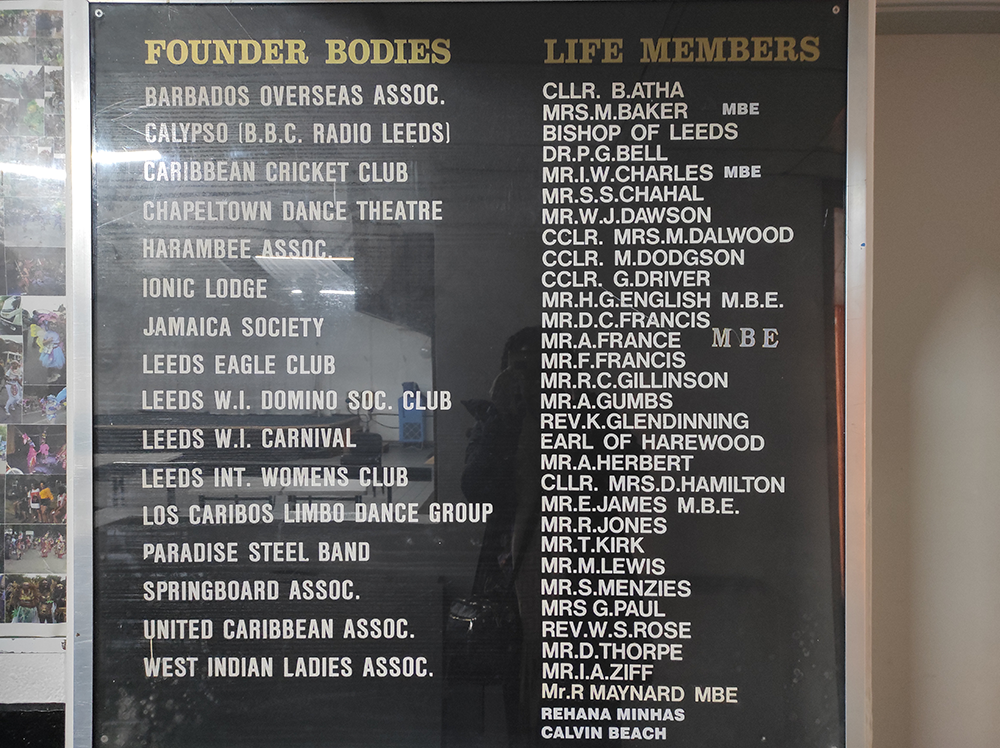
“It became the first actual social venue that the Caribbean people who came to Leeds had,” said Hendrickson.
Looking to the Future
A committee helps to run and maintain the centre and manage day-to-day events. The committee is made up of a small group of trustees and a wider members group who are now working to modernise the building and secure funding for much-needed repairs and refurbishment. Hendrickson is helping lead those efforts through national networks focused on empowering Black-led organisations.
“We’re looking for funders, philanthropists, and new members to come on board,” he said. “We’d like to fence off the outdoor space, build another floor, and create a larger venue – something that could seat maybe 1,000 people.”
Plans for a luncheon club, café, and hot-desking space are also on the table, alongside ambitions to work more closely with the nearby Mandela Centre and other Chapeltown organisations.
“We’d like to build a bit of an archive, a place where local artists can show off their work,” Hendrickson added. “We need to engage young people and create space for creativity, music, and enterprise.”
A Living Legacy
Forty years on, the Leeds African and Caribbean Centre remains what it always was – a symbol of resilience, pride, and unity. Its story mirrors the broader story of Black Leeds: generations building on the struggles and successes of those before them.
“It’s been a pivotal, focal, and very important part of the history of the Chapeltown community,” Hendrickson said. “I feel really proud of what we’ve achieved.”


